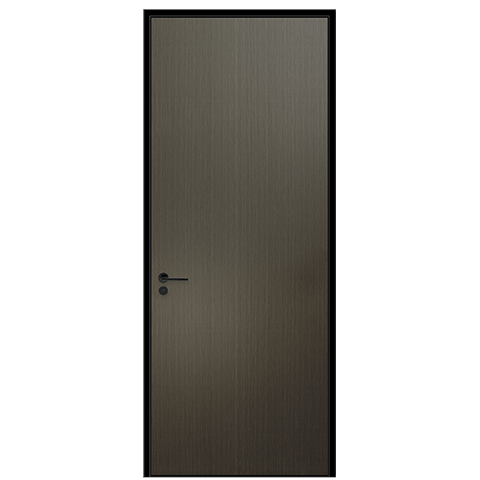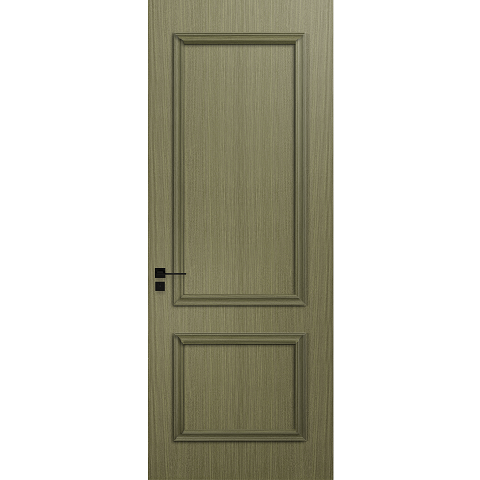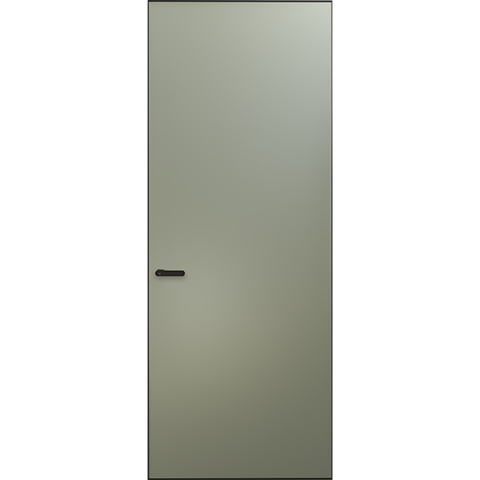Is it worthwhile to fill the insulating glass of doors and windows with inert gases such as argon?
01 "Inert gas version insulating glass" mainly improves the thermal insulation performance of the glass
Junior high school physics has a cloud: the earth we live in is surrounded by a thick layer of atmosphere, and the main components of its gas are nitrogen and oxygen, accounting for about 99% of the total volume.
The remaining 1% contains six rare gases called helium, neon, argon, krypton, xenon, and radon. They are not only rare in content, but also have many "magical effects": for example, filling neon gas in an ordinary light bulb can make Neon lights, xenon gas are used both for disinfection and anesthesia in medicine.
At the end of the last century, inert gases (argon, krypton, xenon) with higher density, smaller thermal conductivity and more stable performance participated in the gas improvement of the hollow layer of insulating glass.
The improvement mainly improves the insulation performance and energy-saving effect of insulating glass. Studies have shown that "inert gas version insulating glass" reduces the U value of the glass by reducing the heat conduction of the hollow layer gas. (Reducing the U value of glass heat transfer coefficient can be achieved by reducing glass heat radiation, heat convection, and heat conduction)
Compared with insulating glass whose hollow layer is ordinary dry air, it can roughly improve the thermal insulation performance by about 10%
In addition, the use of rare gases with lower thermal conductivity, or the greater the filling concentration of the hollow layer gas, the better the thermal insulation performance of the "inert gas version insulating glass"
The improvement of thermal insulation performance not only makes the indoor environment more comfortable, but also makes the temperature of the inner surface of the glass closer to room temperature in winter, so that it is not easy to condense.
Another improvement of "inert gas version insulating glass" is safety. Because large glass is more popular, as the area of insulating glass becomes larger, it is easy to produce uneven hollow layer, and the phenomenon that two pieces of glass are sucked inward by atmospheric pressure.
The density of inert gas is higher than that of air (see the picture above <Comparison of the performance of the three most commonly used rare gases for insulating glass>), which can better resist the pressure of atmospheric pressure and ensure the normal use of the glass.
02 Problems easily encountered in "inert gas version insulating glass"
The reliable "inert gas version insulating glass" is far from being popularized. For inexperienced consumers, it is easy to spend an extra 30 to 50 yuan per square meter. In response to the following problems and pitfalls, Baydee personally gives you some practical experience:
1. The most common problem encountered by insulating glass filled with inert gas is the lack of gas content.
As mentioned above, according to research data, the higher the content of inert gas in the hollow layer, the better the insulation effect will be. If the inert gas content is only 50%-60%, the effect is actually negligible.
However, domestic inert gas inflation specifications for insulating glass are relatively vague, and many glass deep-processing manufacturers will have insufficient inflation.
At present, in the construction industry, it is generally believed that the initial inert gas content should not be less than 90% considering the effect of air filling on improving the insulation performance of insulating glass and the service life.
2. The problem that the inflated insulating glass escapes too fast
The problem of inert gas escape should be considered together with the filling content, and Baydee's experience in solving it is also included in this section.
Because the pressure of the rare gas is higher than that of the atmosphere, the reason why the two sealants of the insulating glass cannot be 100% sealed, the rare gas will have an inevitable escape process.
If the processing of insulating glass is not standardized and the air permeability of the sealant is too high, it is easy to run out of inert gas in a year, which is equivalent to wasting money.
Ideally, the emission rate should be less than 1 % per year, so as to guarantee the ideal service life of the rare gas of 15 years.
Therefore, when consumers purchase the inert gas addition item for thermal insulation performance, it is best to understand these details:
Ask the merchants "what is the initial concentration of inert gas?"
You can also understand the standardization and strength of the glass deep processing plant;
Ask the merchant to send a live video of the inert gas filling in your factory, the kind of equipment that is a gas tank and a conduit is basically not good;
Ask what is the material of the second sealant, polysulfide glue can guarantee the effective service life better than silicone glue;
If you have a little more pursuit, you can directly use TPS warm edge insulating glass, which has a lower gas dissipation rate;
3. Filling with argon is the most common and cost-effective: generally the inert gas filled by merchants is argon, and the price is 30 to 50 per square meter, but some merchants also provide different gas options.
However, although the effect of krypton and xenon is worse than that of argon, the price is much more expensive. Considering the problem of dissipation, it is better to spend money on improving the Low-e and warm side.
4. If you want to improve the thermal insulation performance of the glass, you want to get the highest price/performance ratio. The recommended order of purchase is: low-e glass first, argon gas second, and double silver low-e glass and warm edge last.
5. At the same time, in order to achieve the best performance of insulating glass insulation, the thickness of the hollow layer is recommended to be about 12 mm.
6. If you want to fill inert gas to improve the sound insulation effect of glass, it is not recommended to buy: some merchants will say "inert gas has good sound insulation effect" in order to deliberately promote inert gas. In fact, not all, although the sound is transmitted by vibration, as the density of the gas in the hollow layer increases (the inert gas is larger than the air), the number of molecules decreases relatively, and the speed of sound propagation will slow down.
However, the inert gas does not have as many molecules as the vacuum glass. According to Baydee's actual operation experience, the improvement effect is not obvious, or the improved sound insulation ability is not detectable by the human ear.
Instead of spending money on this, it is better to directly install hollow laminated glass, three glass and two cavities, or choose insulating glass with a thicker single glass, or double insulating glass with different thicknesses.
7. If the area of a single insulating glass exceeds 5 square meters, it is recommended to fill it with inert gas to ensure that the glass will not have internal absorption. Purchasing according to the second point, try to choose merchants with guaranteed quality and after-sales service.
 Hot Recommendation
Hot Recommendation
 Latest Products
Latest Products



